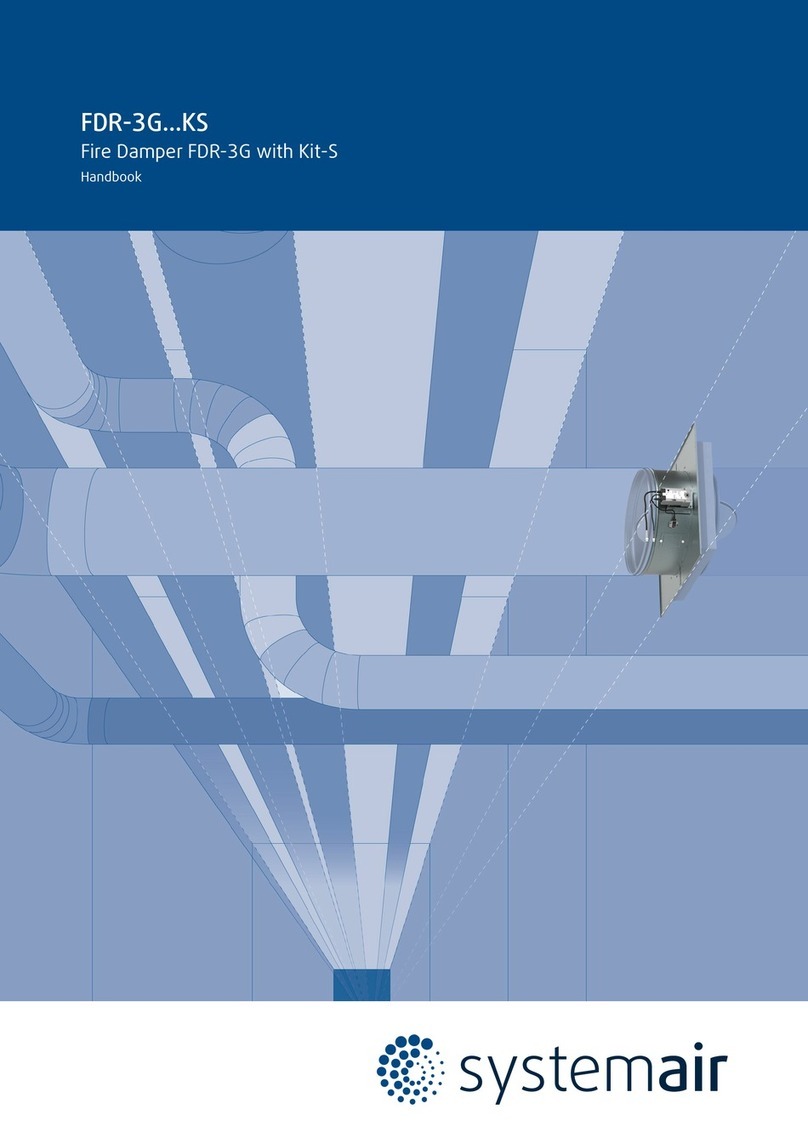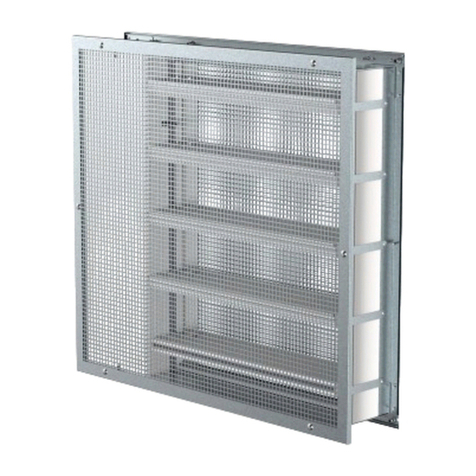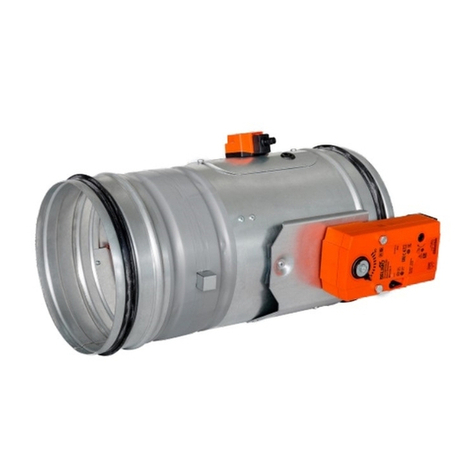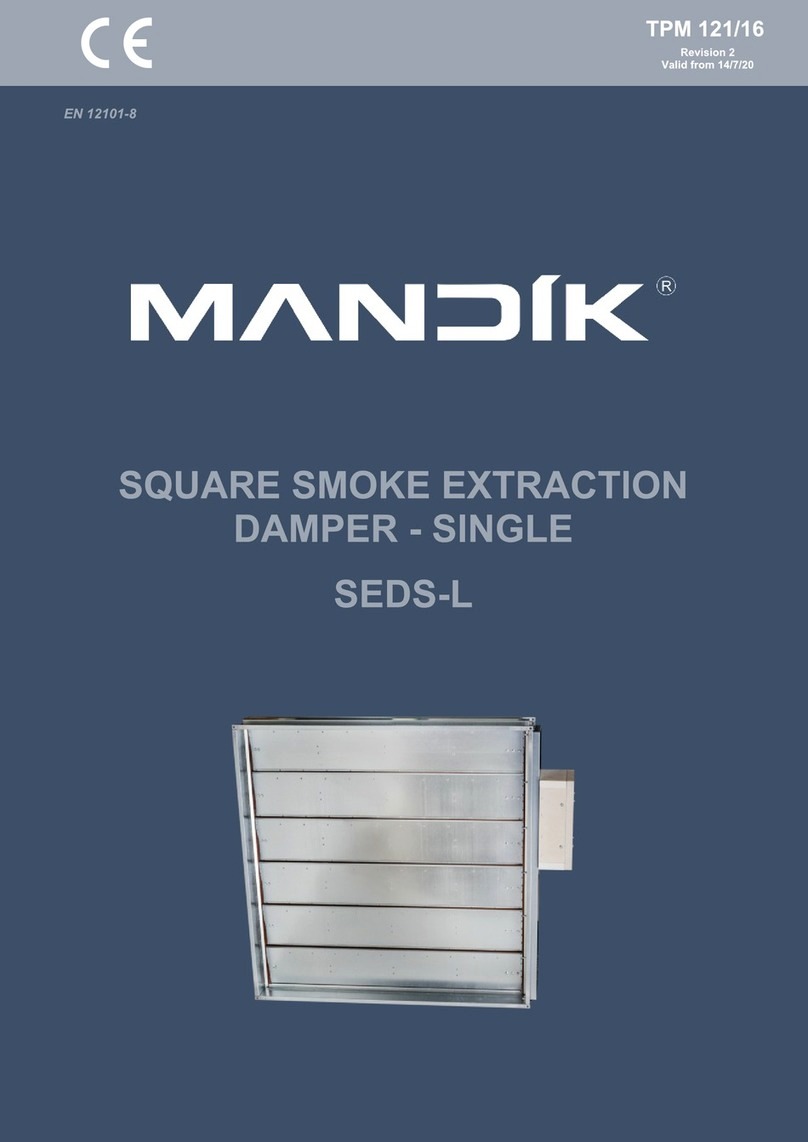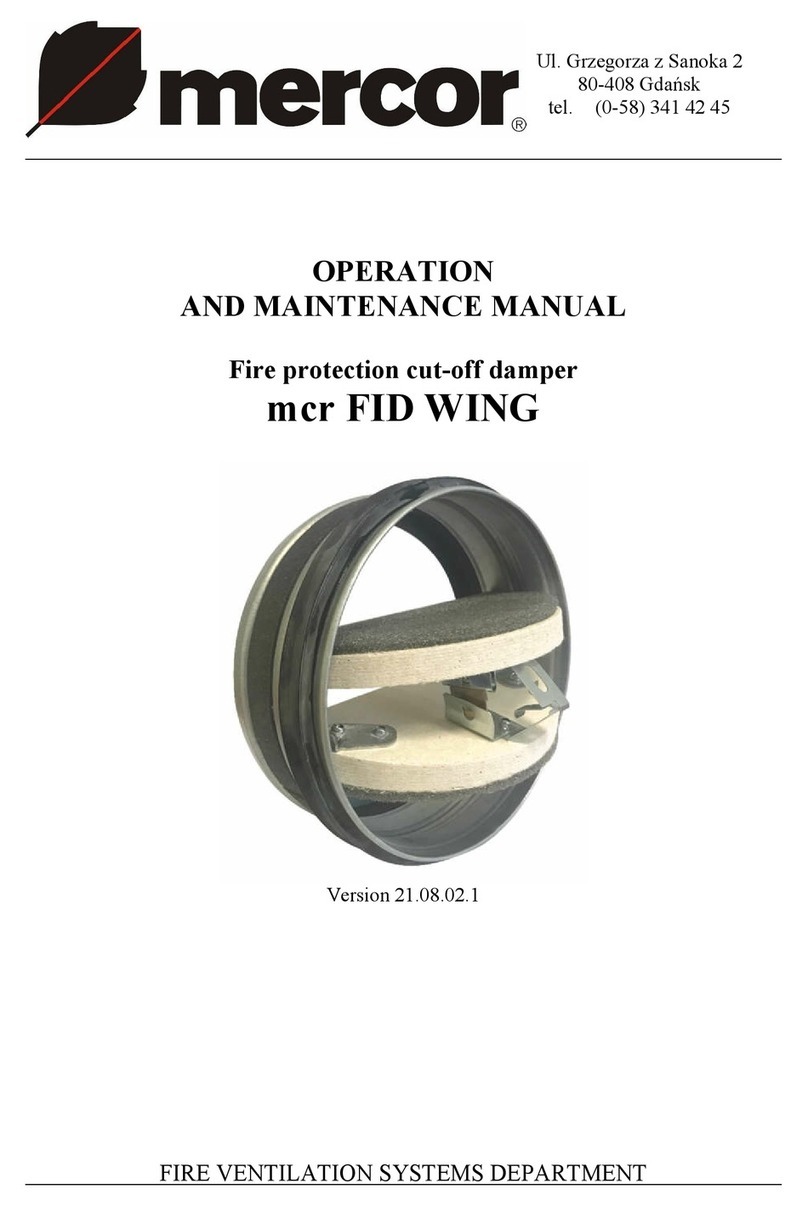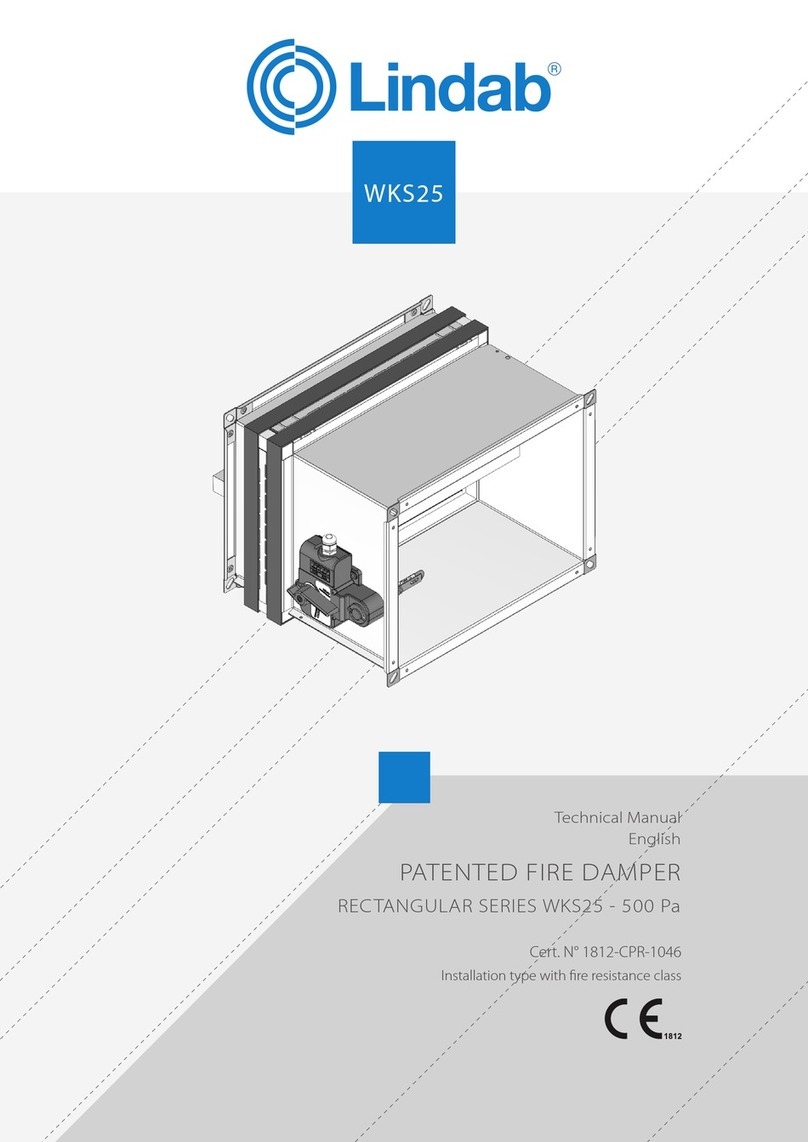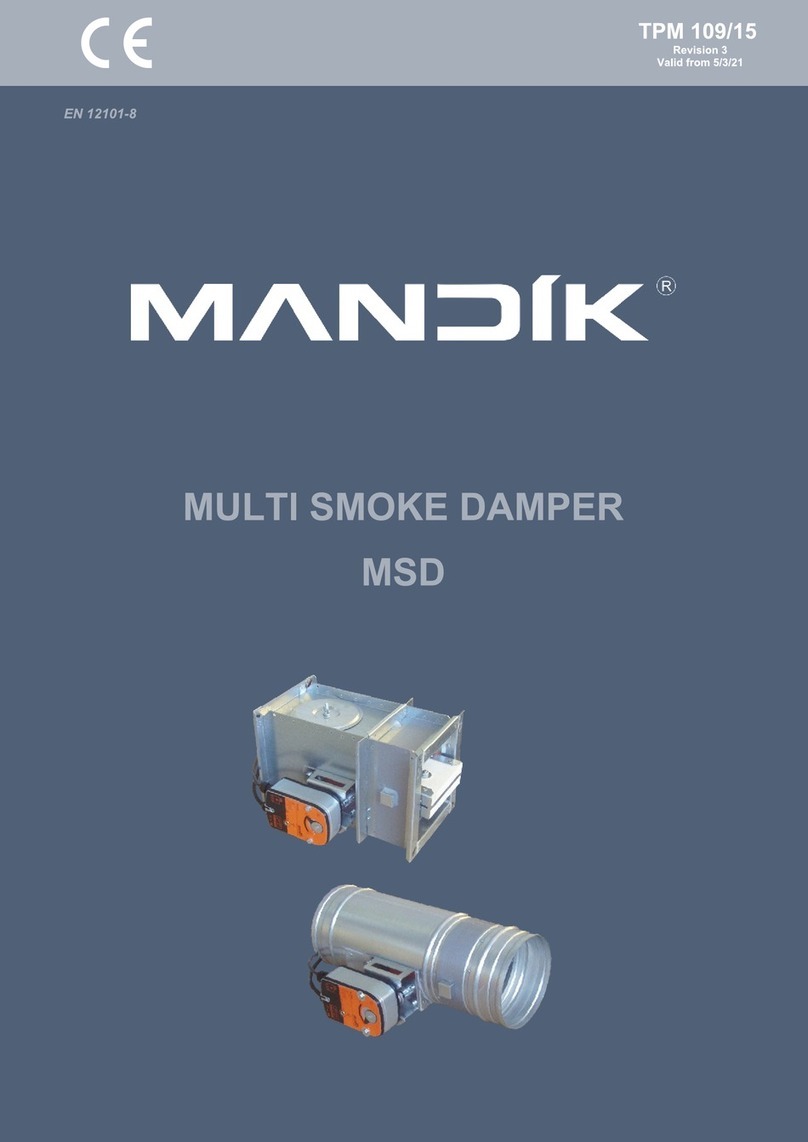System air PK-I-R-EI60S User manual
Other System air Fire And Smoke Damper manuals

System air
System air F-R60 User manual

System air
System air FDS-3G OF Series User manual

System air
System air DKIR1 Owner's manual
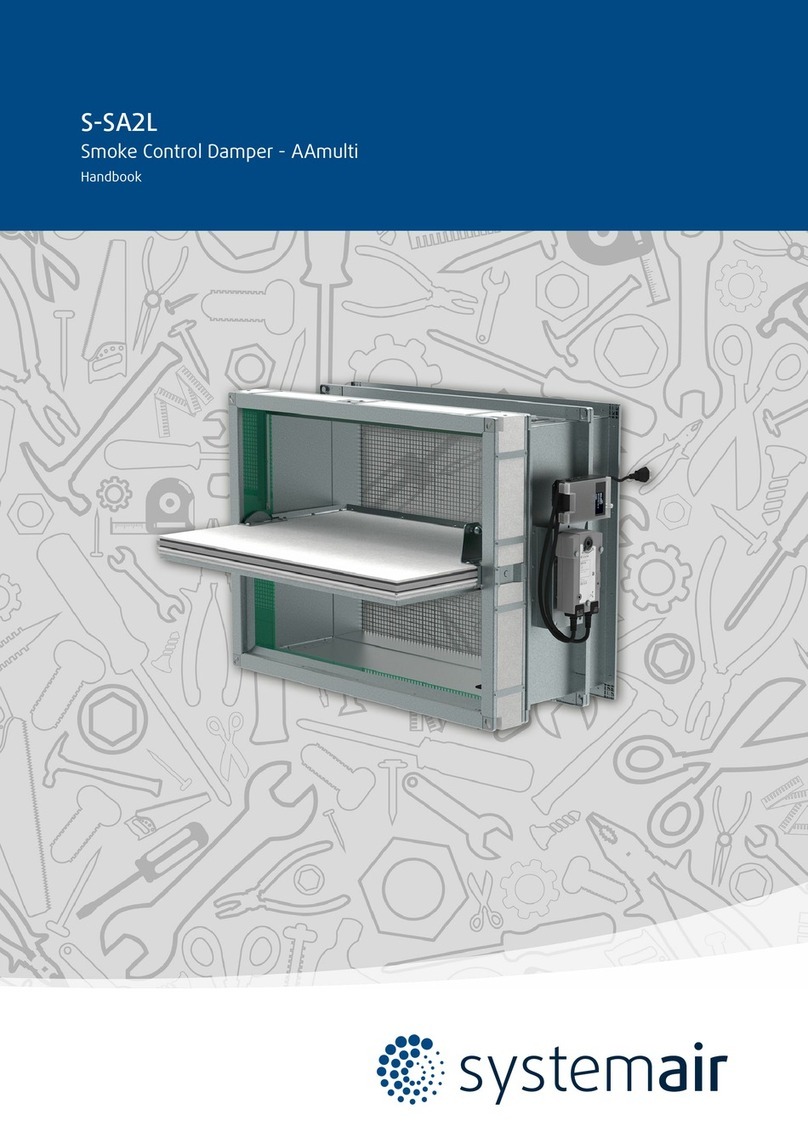
System air
System air S-SA2L User manual
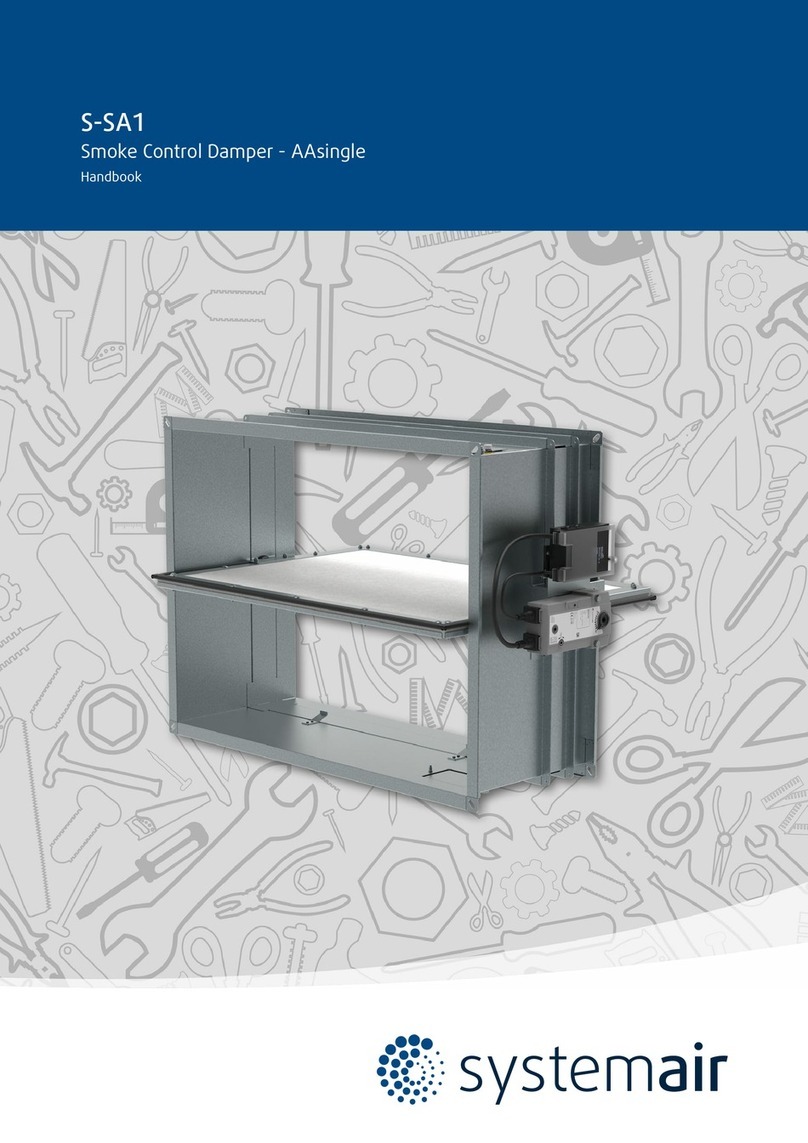
System air
System air S-SA1 User manual
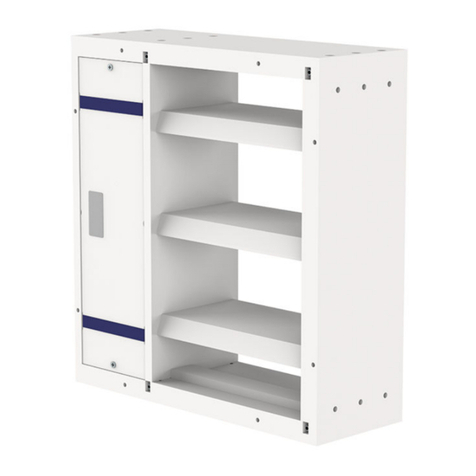
System air
System air MA multi User manual
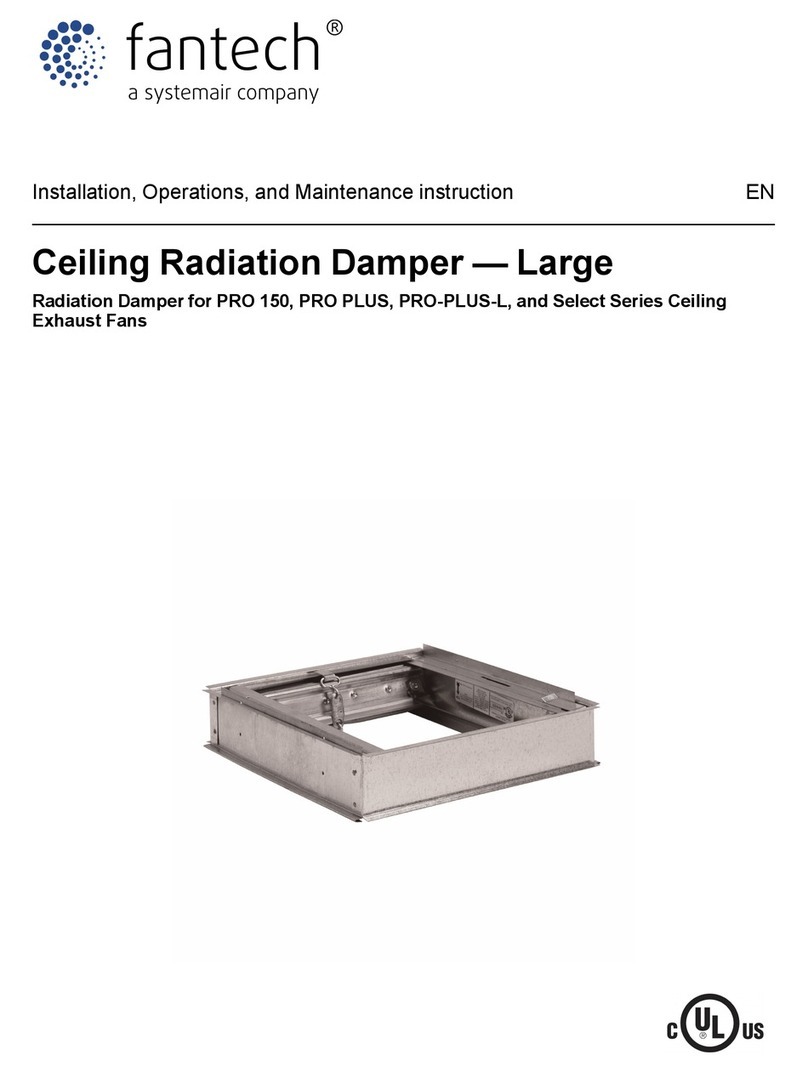
System air
System air fantech Pro 150 Manual
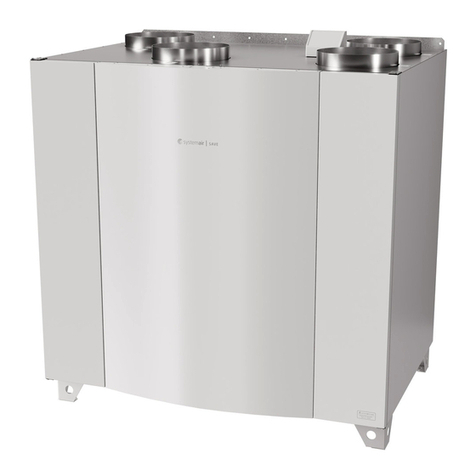
System air
System air SAVE VTC 700 Guide

System air
System air S-BA2 User manual
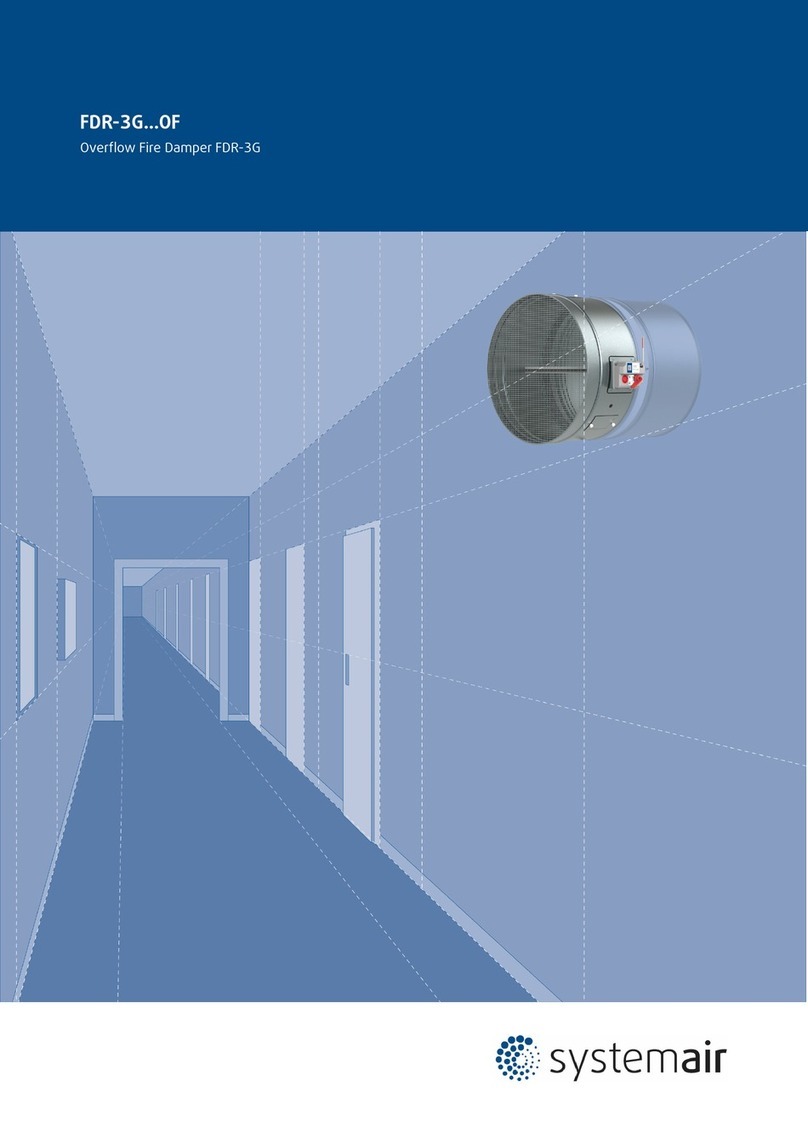
System air
System air A-FDR-3G-OF User manual
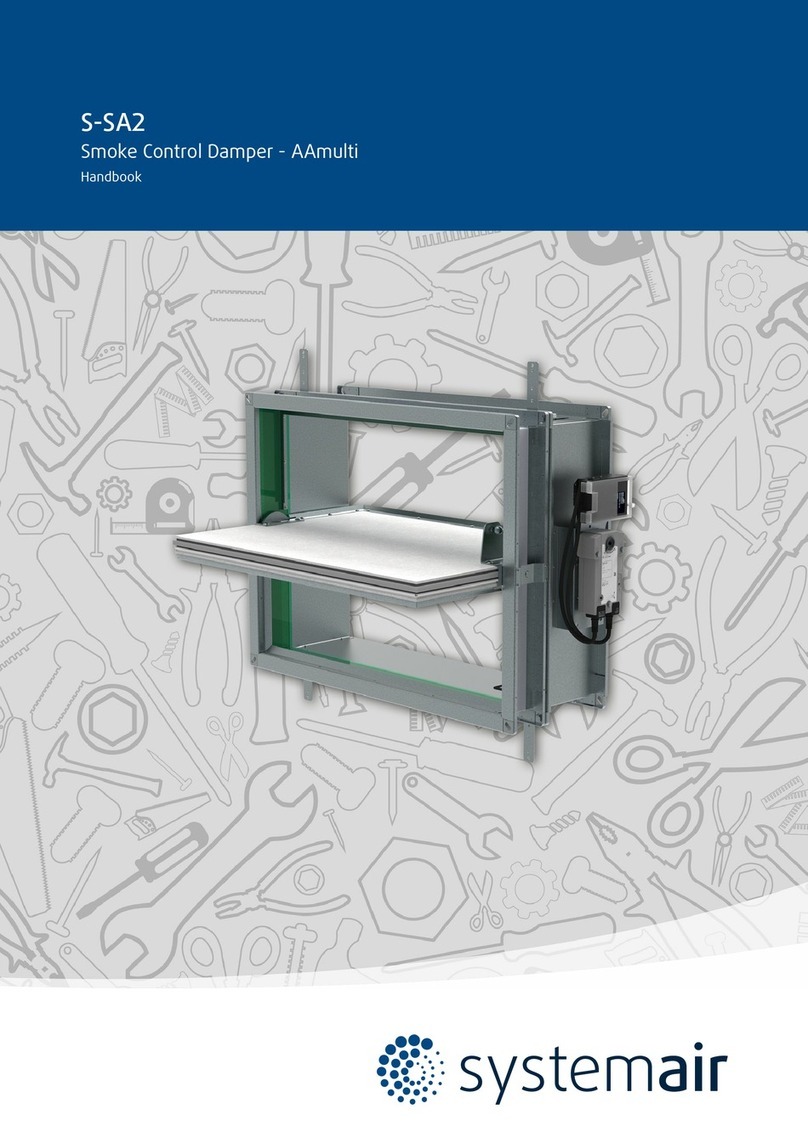
System air
System air S-SA2 User manual

System air
System air FDS-3G EX Series User manual

System air
System air FDR-3G OF Series User manual
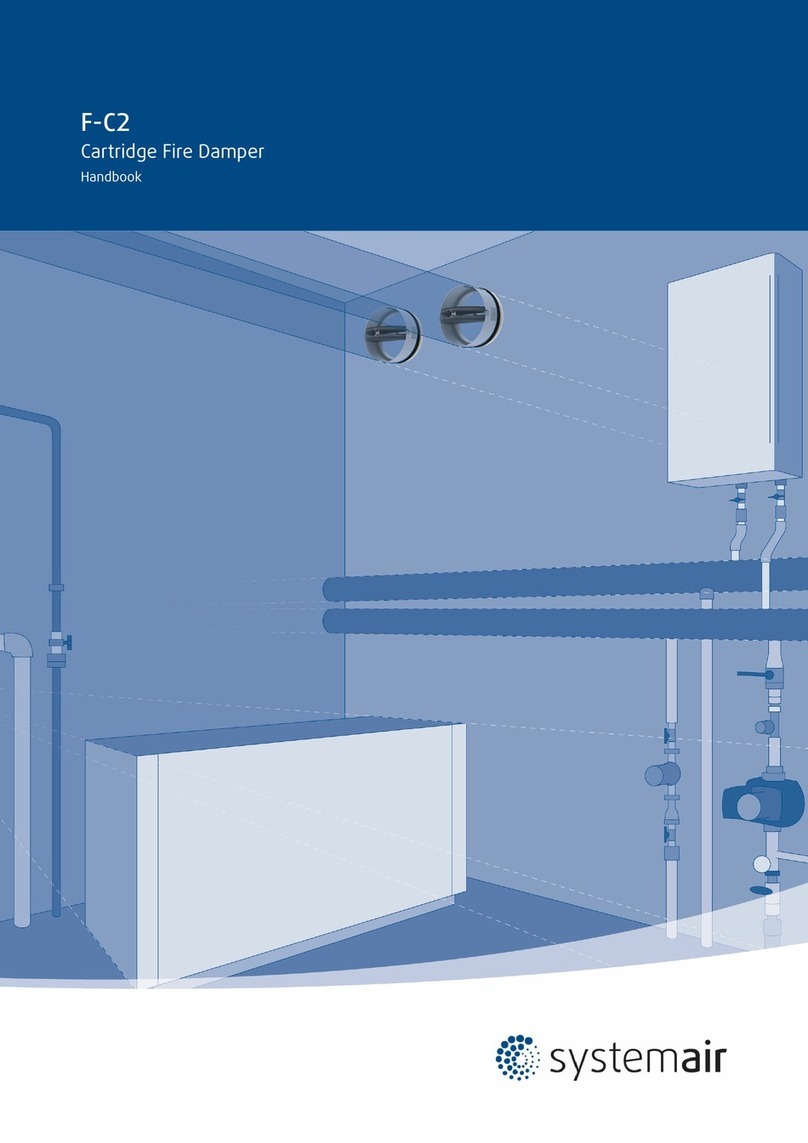
System air
System air F-C2 User manual
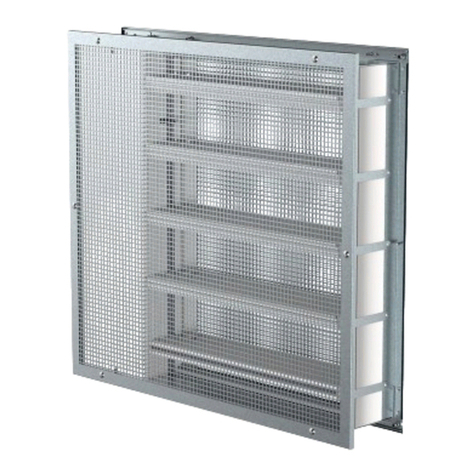
System air
System air F-B90 User manual
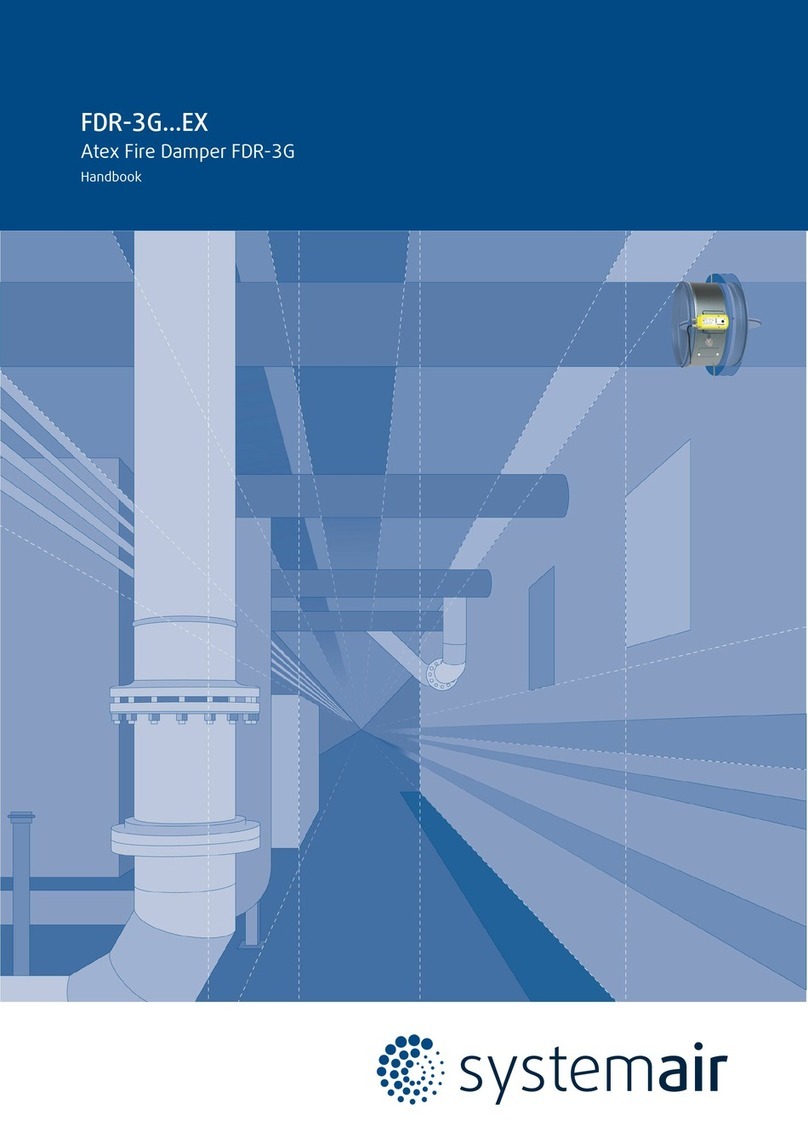
System air
System air FDR-3G EX Series User manual
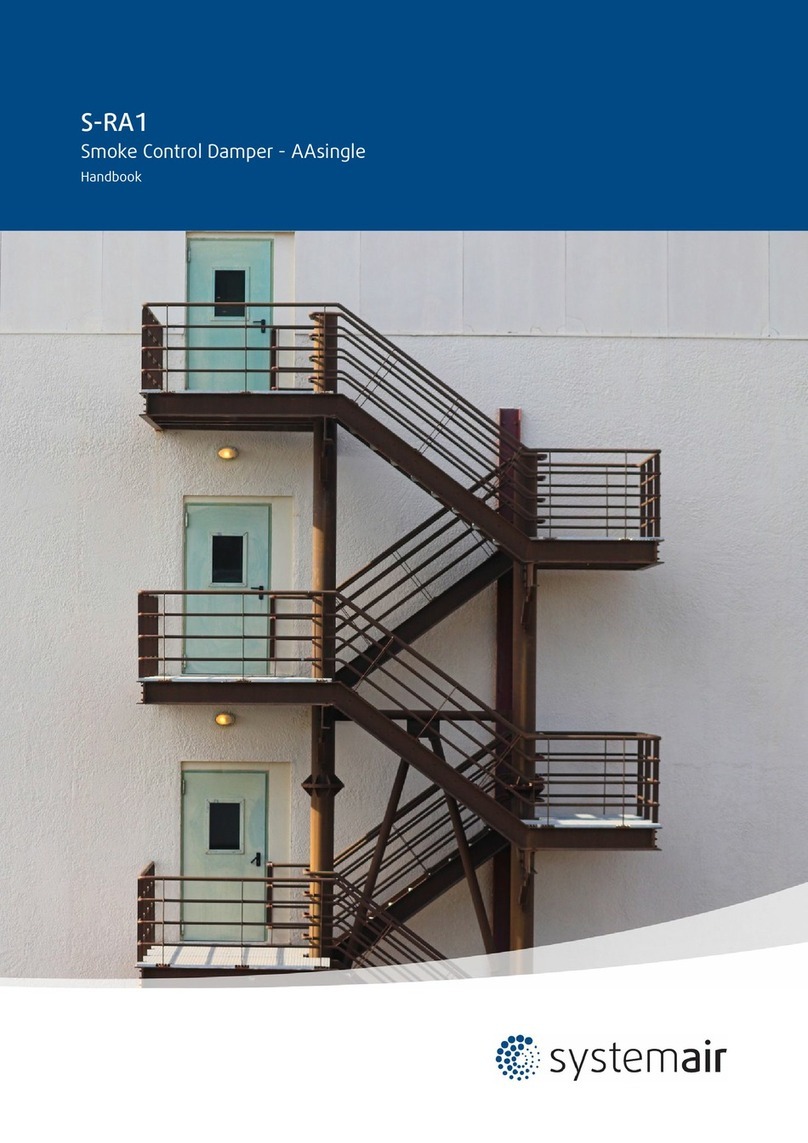
System air
System air S-RA1 Series User manual
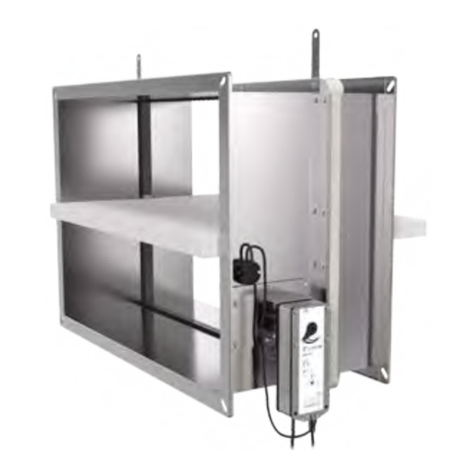
System air
System air OCWATERLOO PKIR3G Installation instructions

System air
System air fantech bathfan Select SC50-80-110 User manual

System air
System air FDR-3G User manual
Popular Fire And Smoke Damper manuals by other brands
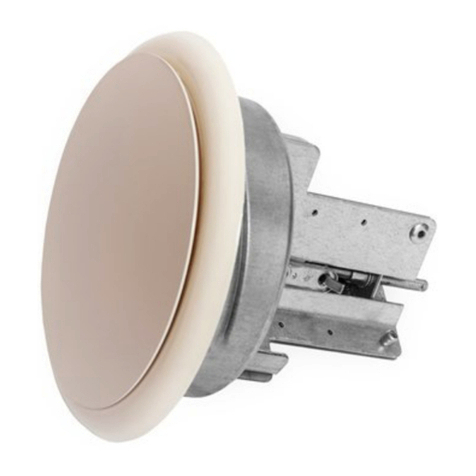
mercor
mercor mcr ZIPP Operation and maintenance manual

HVC
HVC NCA 700 Series Operation and maintenance manual
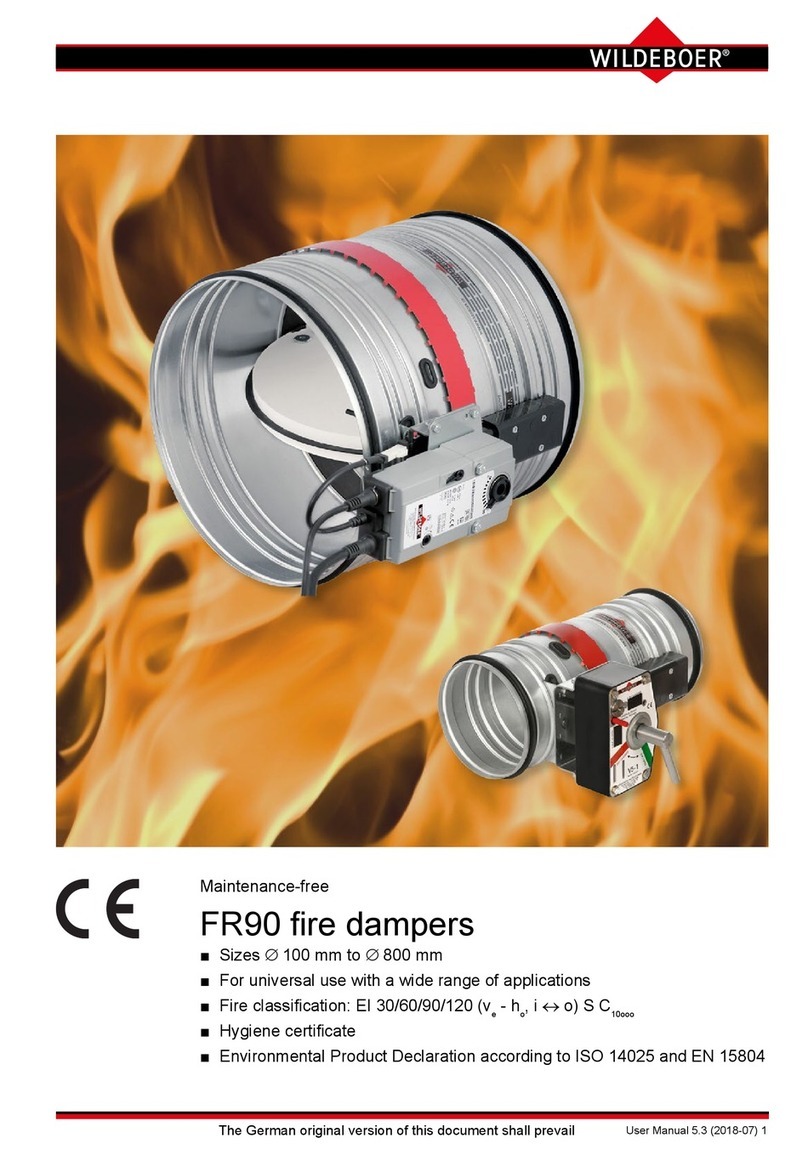
Wildeboer
Wildeboer FR90 user manual
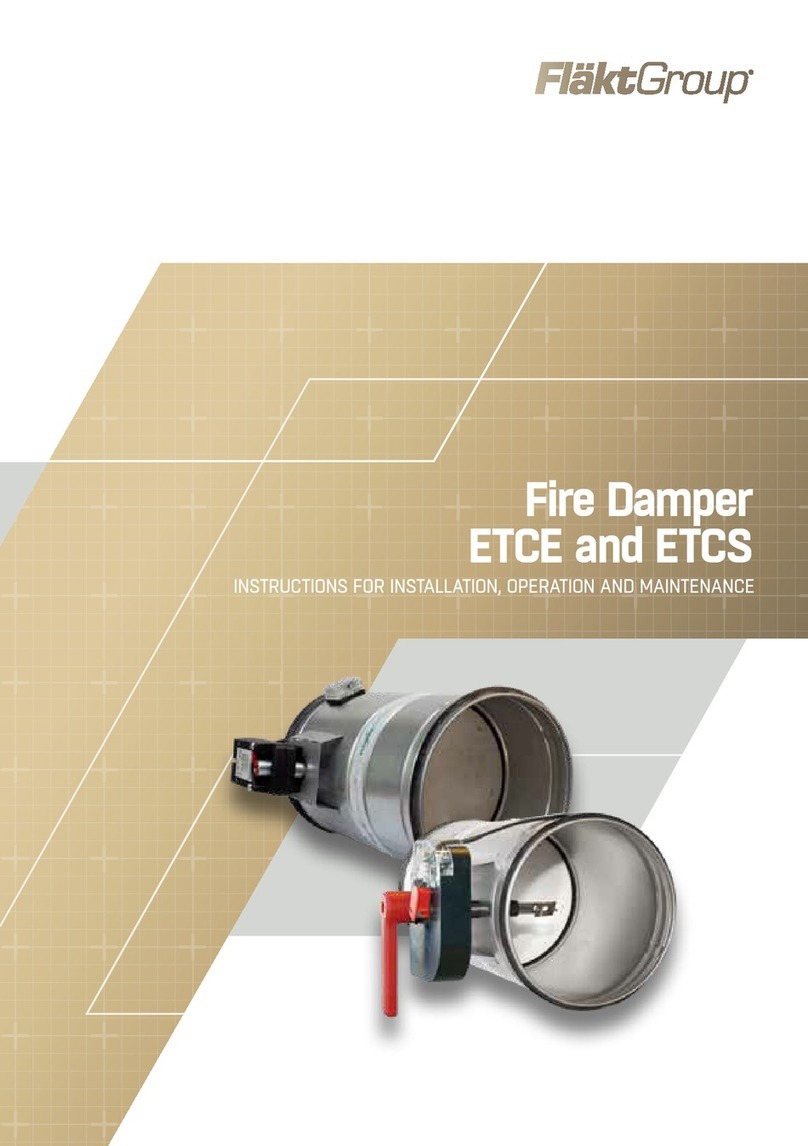
FläktGroup
FläktGroup ETCE Instructions for installation, operation and maintenance
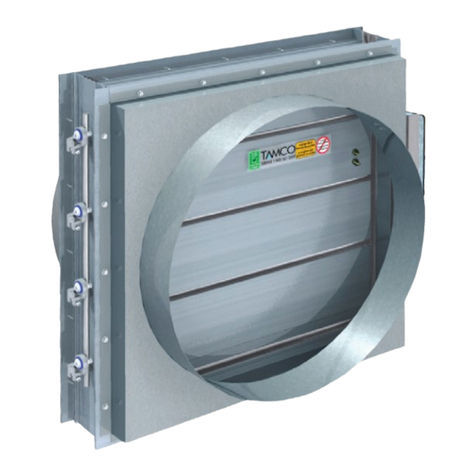
Tamco
Tamco 1000 SM Series manual
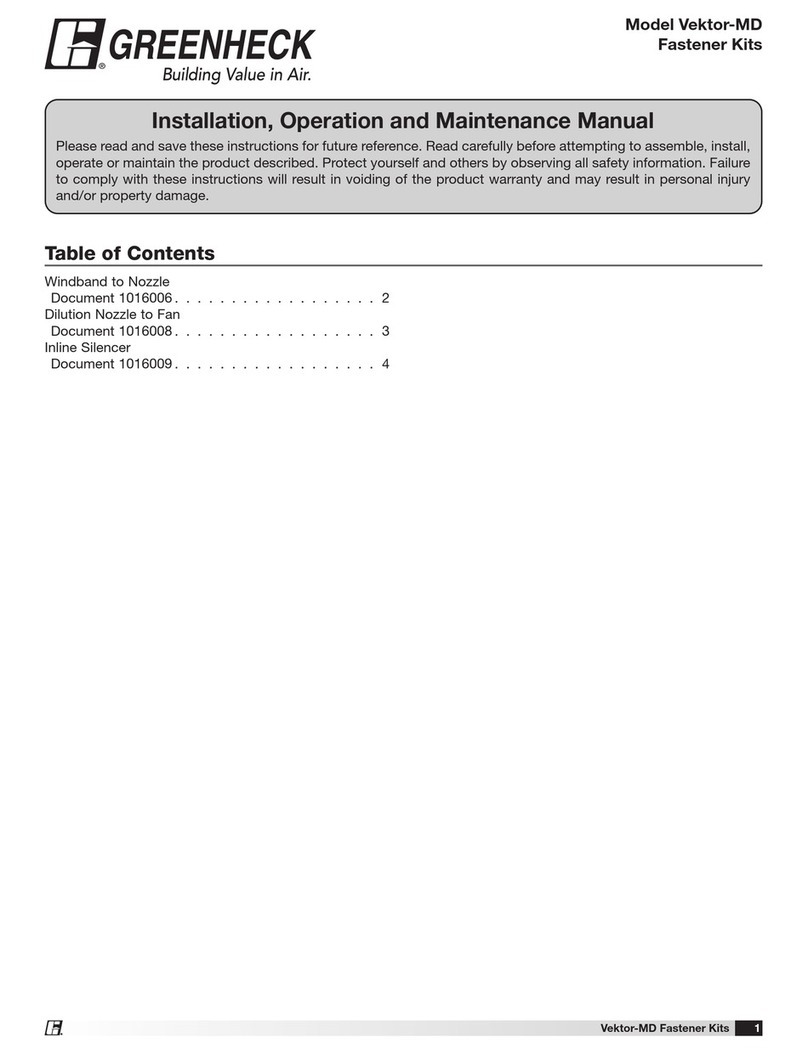
Greenheck
Greenheck Vektor-MD Installation, operation and maintenance manual

BLAUBERG Ventilatoren
BLAUBERG Ventilatoren BSK user manual

mercor
mercor mcr FID PRO Series Operation and maintenance manual
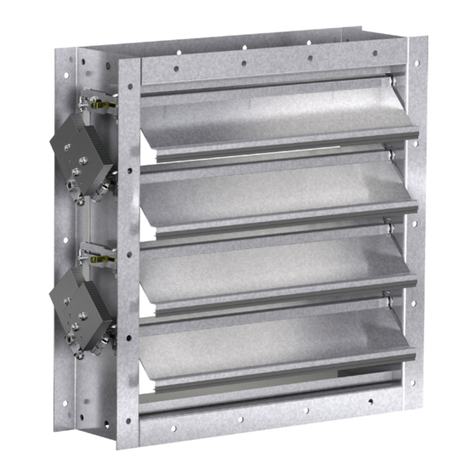
Greenheck
Greenheck HPR Series Installation, operation and maintenance manual
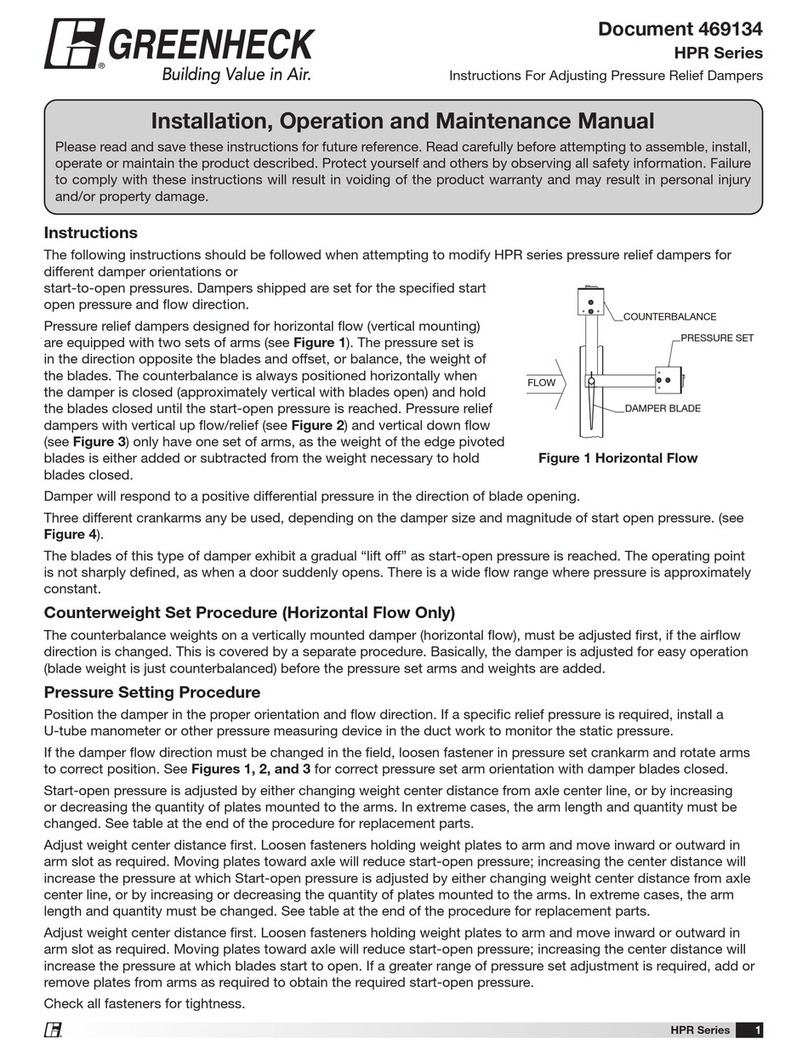
Greenheck
Greenheck HPR Series Installation, operation and maintenance manual
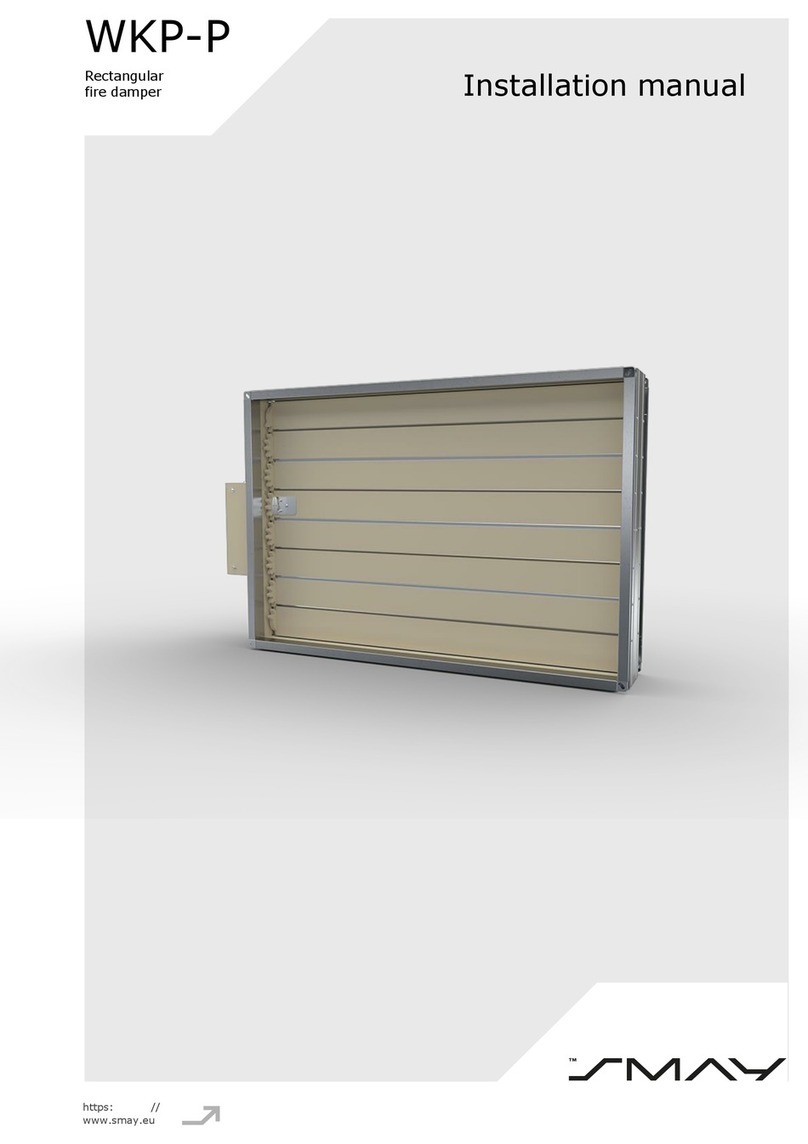
SMAY
SMAY WKP-P installation manual
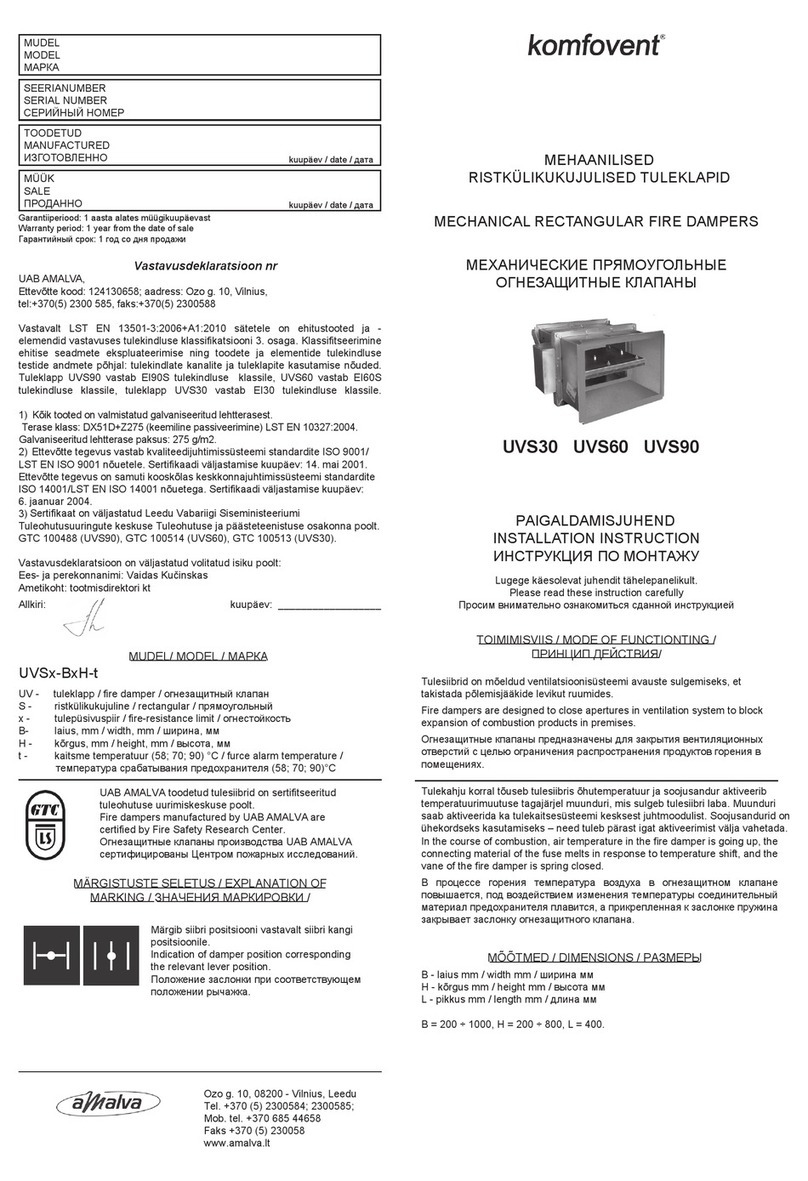
Komfovent
Komfovent UVS30 Installation instruction
